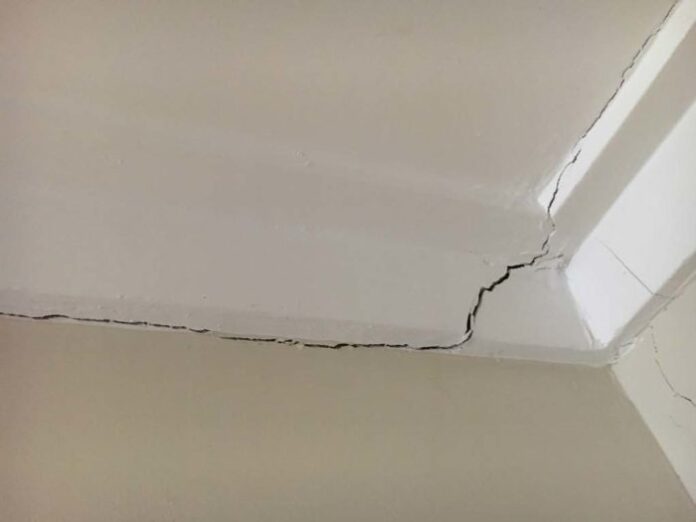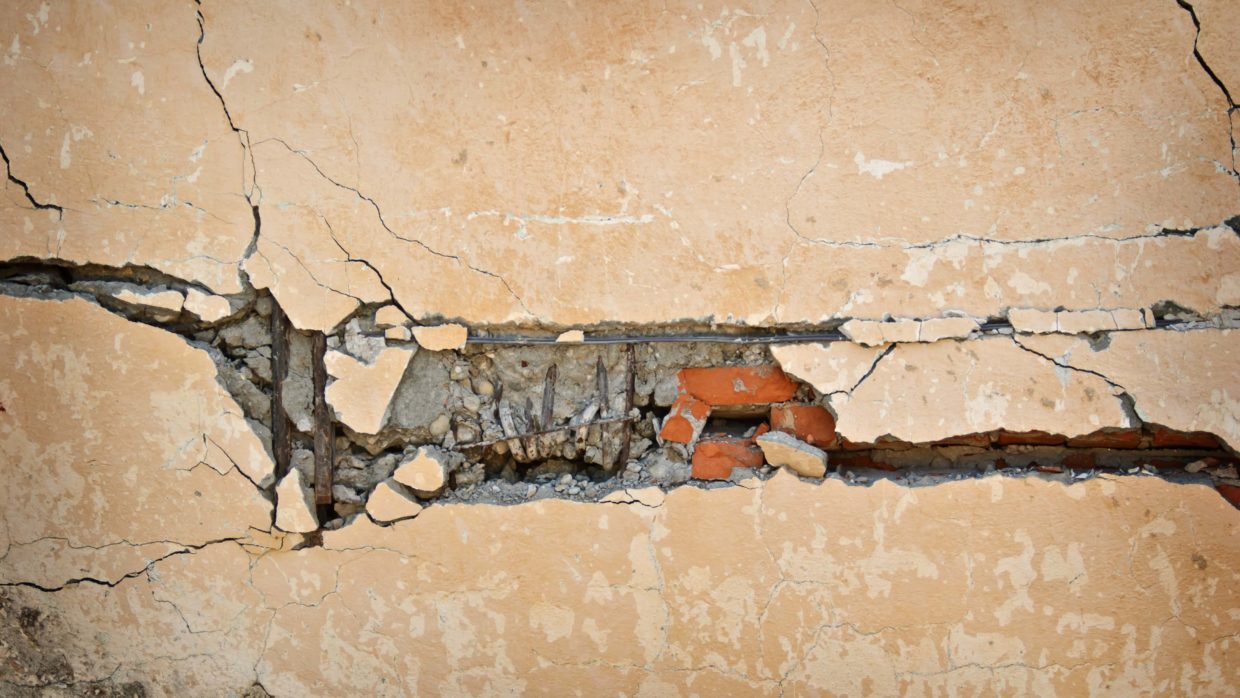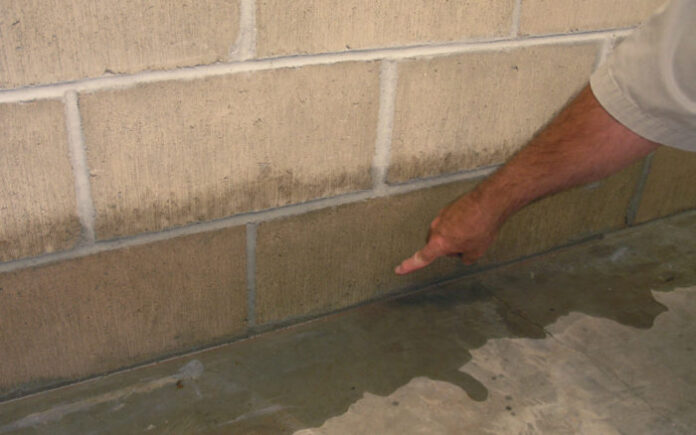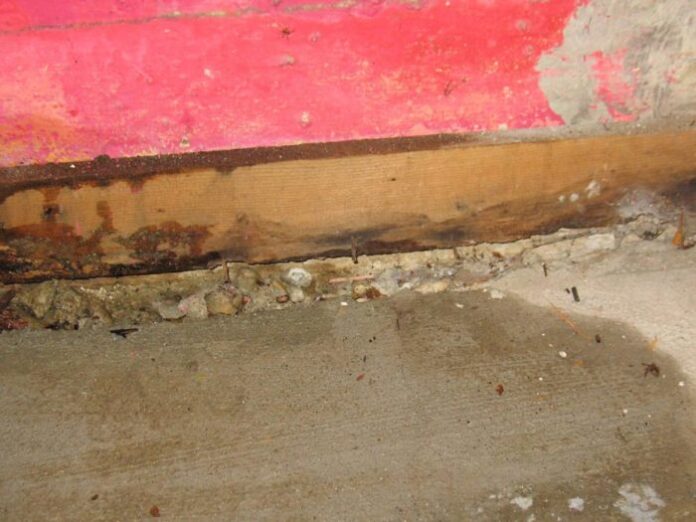Whether you have been living in your home for several years or recently moved in, there is a chance that you may have begun noticing cracks in the walls. According to www.sedonawaterproofing.com, although wall cracks in a house could potentially point to several issues, water damage is one of the biggest that you need to know about. With that in mind, here are a few simple, easy-to-follow guidelines to help you determine when you should be concerned about a wall crack.
Examine the area carefully
The size, severity, and even the direction in which the wall crack is going can let you know if there is a bigger problem lying under the surface. For example, smaller vertical cracks are not usually a huge concern as they have likely developed with the house’s natural setting throughout the years. However, more pronounced, horizontal cracks are almost always a sign that there is trouble with the foundation or water damage. When in doubt, it is still better to seek out a professional opinion to be extra safe. Once you have determined if the damage is small or large, you can take the next necessary steps to repair the problem.

Check to see if there are any leaks
One of the easiest ways to determine if there is a connection between your wall cracks and water damage is to think about where water damage is most likely to occur. Water always follows the downward flow of gravity, so you may want to start in the basement and check the area for any leaks. Sometimes, water pushing in from the outside can form a crack at the base of your wall, allowing it to seep into the basement potentially. Make sure, if you have determined potential damage, to call a professional as soon as possible – especially if you found any crack in the basement walls or foundation itself. Unlike cracks in the drywall, which are generally just cosmetic, a significant crack in your concrete could point to a serious structural problem.
Other potential warning signs
Water damage seems like it would be impossible to detect from a simple crack in the wall, but fortunately, there are usually other clues that there is something seriously wrong. Drywall tends to be very porous, so if it absorbs excess of water, you will eventually notice a significant change over time. Discoloration, spots, and bad odor may indicate mold. Warping and bulging of the wall or drywall could indicate that there is a leak putting water behind that portion of the wall.

Stay ahead of potential damage by waterproofing your basement
Knowing where to begin in the waterproofing process is not as difficult as it may sound. There are two basic things that you need to do. You need to find all of the cracks in your basement that show potential for water to seep in, and then you need to fill said cracks with something that will keep the water out. Since the cracks generally produce a slower leak, they can be challenging to spot at times. Because of this, you need to know which kind of solution you will need to seal any damage to the type of crack that you have. There are three very common basement waterproofing steps that you can take to keep your basement dry.
Patch tie rod holes. The majority of basement walls were built with reinforced tie rods. These tend to leave small holes in the concrete. Along with being unsightly to look at, these holes pose as potential water access points. If you want to be proactive and prevent future leaks through these holes, patch them using hydraulic cement. This is a simple way to fix it, and you can likely do it on your own in a short time.

Patch all cracks. Most basements have cracks, and most of them are standard and pose no threat to your home, but they can be easy locations for water to get through. Concrete repairs are the most efficient and lasting solution, and you can buy kits for this at most hardware stores. If you want something that works better, try polyurethane to fill the cracks for a longer-lasting option, though it is more expensive.
Patch up beam pockets. Beam pockets are known as a water entry hot spot. This is where the support beams in your basement connect with the foundation wall. You can do this on your own, but if they are leaking hard enough, you may be better suited, calling in the pros as this requires more professional equipment and knowledge about these fixes.
Some other waterproofing recommendations to consider are installing a sump pump, vapor barriers, or using a dehumidifier. These are some things to be discussed with a basement waterproofing specialist. Remember, your home is one of your most valuable assets, and it needs to be maintained and cared for properly. Procrastinating and hoping the problem goes away will only make the problems worse over time.
Often, water damage can be caused by poorly installed gutters and poorly designed yard drainage. Yard drainage, specifically, will require an experienced professional. The purpose of having a properly installed drainage system is to carry water away from your home during heavy rains and storms. These systems can be damaged during landscaping improvements or when adding an addition to the home, for example. Either way, maintaining an efficient drainage system is essential to consider during home renovation projects.

If you find yourself needing assistance in waterproofing your basement or fixing any current damage, arrange a consultation today with a local waterproofing professional in your area. Most companies will offer a free quote based on the circumstances of your basement and the solutions that they believe will be the most suitable to meet all of your needs. You are only a phone call away from a clean, dry basement and some peace of mind.









